Car making is hard. Profitable car making is a whole lot harder, and for proof you only need run a wistful eye over the defunct marques named below.
Some were born close to the dawn of the car, when bicycle makers and blacksmiths saw money in the new-fangled horseless carriage. Dozens of opportunists founded car companies, many of them clever engineers, savvy businessmen and sometimes both.
Car making at the start of the 20th century was like internet entrepreneurialism at the end of it: plenty jumped into the pool, but only the fittest survived in a market that many didn’t understand.
But other car makers have gone despite early successes. Recessions killed many and bundled others into doomed liaisons. Misreadings of the market, the complacency that came with selling sub-standard cars to Britain’s colonies, destabilising government policies, failure to spot the competition and poor management all contributed to the demise of car makers.
But what annihilated great chunks of the British car industry from the 1960s through to the century’s end was a poisonous mix of politics – from communist-agitated unionism to catastrophic government meddling and cost-obsessed management who couldn’t see that building a genuinely better car might build a better business.
Allard
Sydney Allard built almost 2000 cars between 1946 and 1959, many of them fast, American V8-engined sports cars, although there were plenty of saloons and even a woody wagon.
Alvis
A maker of between-wars, high-quality sports cars in its heyday. Duller saloons followed, but the Graber-styled TC to TF series of coupés and roadsters were a handsome swansong. It was bought by Rover in 1965, but car production ended two years later, Alvis becoming a military vehicles maker. It was swallowed by BAE Systems in 2004.
Austin
During much of its 83-year life, Austin was a serial maker of tediously dependable family cars. But it also produced two landmark designs, both called Austin Seven. The 1922 original was an affordable car that put much of this nation on wheels, and its 1959 namesake triggered a design revolution for small cars. That car was the Mini, the Seven label soon being dropped.
The Mini was also available in larger sizes as the 1100 and the 1800. Like both Austin Sevens, the 1100 (and near-identical Morris) became huge sellers. But it was 1973’s 1100 replacement, the Allegro, that doomed Austin.
By this point, Austin was embedded within British Leyland’s Austin-Morris volume car division, which BL was desperate to revive. That almost came with 1980’s highly successful Mini Metro, but the Maestro and Montego follow-ups blew much of the resulting goodwill. Austin withered in 1988 with Austin-Rover’s relabelling to Rover, and the Metro, Maestro and Montego lived on briefly in a weird state of brandlessness.
Austin-Healey
A joint venture between Donald Healey and Austin resulted in the beautiful 1953 Austin-Healey 100 and the later ‘Frogeye’ Sprite, successfully built and sold by BMC. But with the Frogeye becoming an MG Midget and the Big Healey being outlawed by US legislation, the marque retired in 1971. BMW considered a revival in the late 1990s.
Daimler
Once a supplier of motor cars to royalty, Daimler grew out of the German company but soon built its own models. Poor post-war management induced decline and a Jaguar takeover, its cars eventually becoming badge-engineered derivatives. It finally disappeared in 2010.
Gilbern
Virtually the only Welsh car maker. It began selling a GT component car from behind a butcher’s shop in 1959 but grew fast after the Genie’s launch. It went bust in 1973.
Hillman
A successful maker of staple family cars, Hillman broke from the pack with its rear-engined, Mini-bashing 1963 Imp. Government interference led to the building of a new factory at Linwood, near Glasgow, but the growing pains of this, reliability troubles and strikes not only undermined the (rather fine) Imp but also dragged the Rootes Group, which owned Hillman, to its knees. Chrysler bought Rootes in 1967, Hillman dying in 1976.
Jensen
Originally a coachbuilder, Jensen produced its first car in 1935. Beautiful American-powered GTs became a speciality, reaching its zenith with the 1966 Interceptor and FF, a technical tour de force that combined four-wheel drive and anti-lock braking decades before any Audi. The financial wall was hit in 1976, a revival flaring briefly in the 1980s before closure in 1993.
Jowett
It started with flat twins in 1913 but is best remembered for its advanced Javelin saloon, whose body supplies were undermined by worried rivals. Jowett sank in 1954.
Morris
To lose one best-selling marque seems careless. To lose two — Austin and Morris — seems downright negligent. Morris started with the highly successful Bullnose in 1913, a post-WW1 price-cutting strategy winning it 51 per cent of the UK market. After an early 1930s stumble, Morris shot back with the hugely successful Morris Eight, planned by Leonard Lord.
That was followed by the 1948 Morris Minor, Britain’s first million seller. Lord fell out with William Morris, reappearing as boss of arch-rival Austin, but the two brands merged in 1952 to form the mighty British Motor Corporation. BMC eventually became British Leyland, whose shamefully under-engineered Marina was Morris’s last model of consequence. The end came in 1983.
Marcos
Marcos started in 1959 with a weird, part-wood coupé. Its 1964 1800 follow-up was handsome enough to see Marcos revived in 1981, following a 1971 demise. It finally died in 2007.
Panther
For a tiny business, Bob Jankel’s Panther Westwinds made a big impact, starting with 1972’s Jaguar SS100-like J72. The Bugatti Royale-inspired De Ville and the six-wheeled Six scored major print space, too, as did the ludicrously ambitious Solo. But the car that actually sold was the 1982-1990 Lima/Kallista sports car.
Reliant
A bit of a bipolar car maker, it made three-wheeled grotesques at one end and the handsome, pioneering Scimitar GTE sports estate at the other, a model serially bought by Princess Anne. The later Scimitar SS1 was an ugly but able sports car. Reliant petered out in the late 1990s.
Riley
Riley was an admired sports model maker through the 1920s and 1930s, but its cars lost their individuality following a 1938 acquisition by Morris. All models were badge-engineered Austins by the mid-1960s. It was killed in 1969 by BL but was almost revived by BMW in the late 1990s.
Rover
Rover switched from bicycles to cars in 1904 and did well before a wobble in the 1920s. It was re-energised by the Wilks brothers, acquiring a fine pre-war reputation for quality cars.
That continued post-war with the P4, P5 and P6, an era coinciding with Land Rover’s birth. Bought by Leyland in 1966, it was flung into the 1968 BL pot and began a slow decline. It died with MG Rover in 2005. Highlights during the descent included the brilliant but appallingly made 1976 SD1 and the BMW-funded 75 — its best-ever car. It lives on as Land Rover and, in China, as Roewe.
Singer
It graduated from bicycles to cars in 1905, and a pre-war Le Mans sports car was its best model. The ugly 1947 SM1500 saloon plunged it into the arms of Rootes, where it lived a badge-engineered afterlife until 1970.
Standard
Standard sold inexpensive, unremarkable cars from 1906 and is best remembered for its odd faux-American post-war Vanguards. Standard was dropped in 1963 after a Leyland takeover.
Sunbeam
The first British car to win a Grand Prix, in 1923. It was part of the Sunbeam-Talbot-Darracq combine bought by Rootes in 1935, after which it went dormant until 1953. Sunbeams became lightly sporting Rootes models, including the pretty Alpine. The name was last used on the miserable (unless Lotus-engined) Chrysler Sunbeam in 1981.
Talbot
An early 20th century Anglo-French enterprise that ended up being paired with and owned by myriad marques. It went dormant in 1960 before its 1978-1979 revival by Peugeot on a motley assortment of one-time Chrysler UK and Simca models. It was finally snuffed out in 1992, on a van.
Triumph
Despite sizeable success in the 1950s and 1960s with a range of exceptionally pretty sports cars and saloons, Triumph was run down by owner British Leyland, the oddball TR7 being the last car developed in-house. That was followed by the 1981 Honda-based travesty that was the Triumph Acclaim.
TVR
Founded in 1947, it survived for an amazingly long time, considering its precarious existence. TVR enjoyed a brilliantly creative period under Peter Wheeler from 1981 to 2004, but it was run down by new owner Nikolai Smolenski until production ended in 2007. A revival attempt is under way.
Wolesely
One of Britain’s earliest car companies, it was absorbed by Morris in 1927 and its cars became badge-engineered Morrises. It was killed in 1975 by BL, although its grand 1920s showroom survives as London’s Wolseley restaurant.
There's a long list of other British car names that are gone and, in some cases, best forgotten.
Which names would you add to the list?


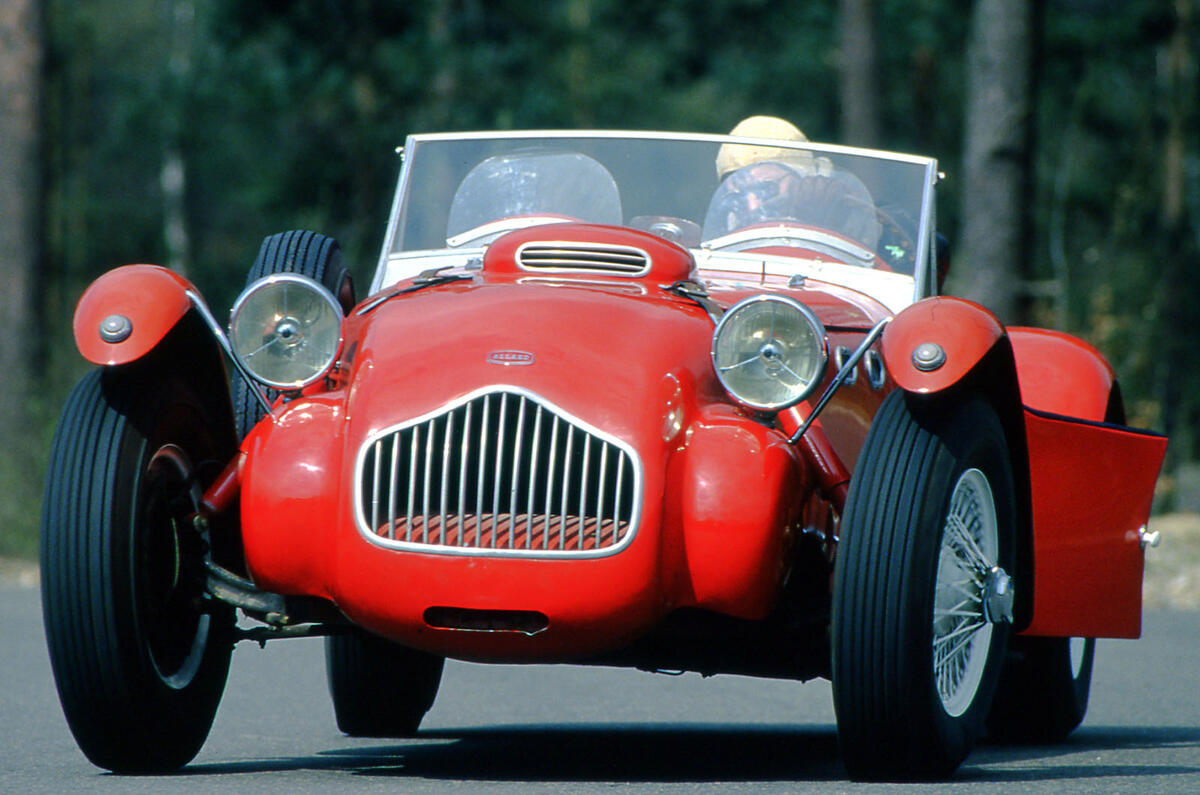

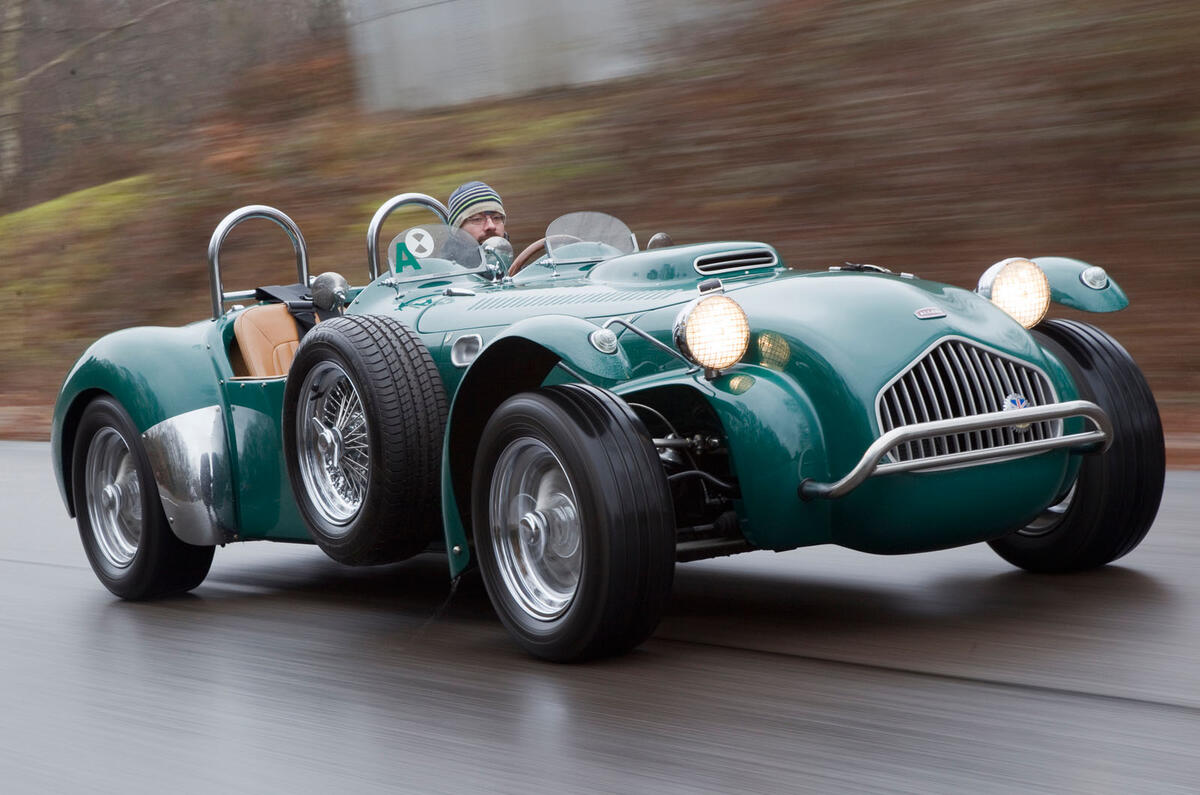


















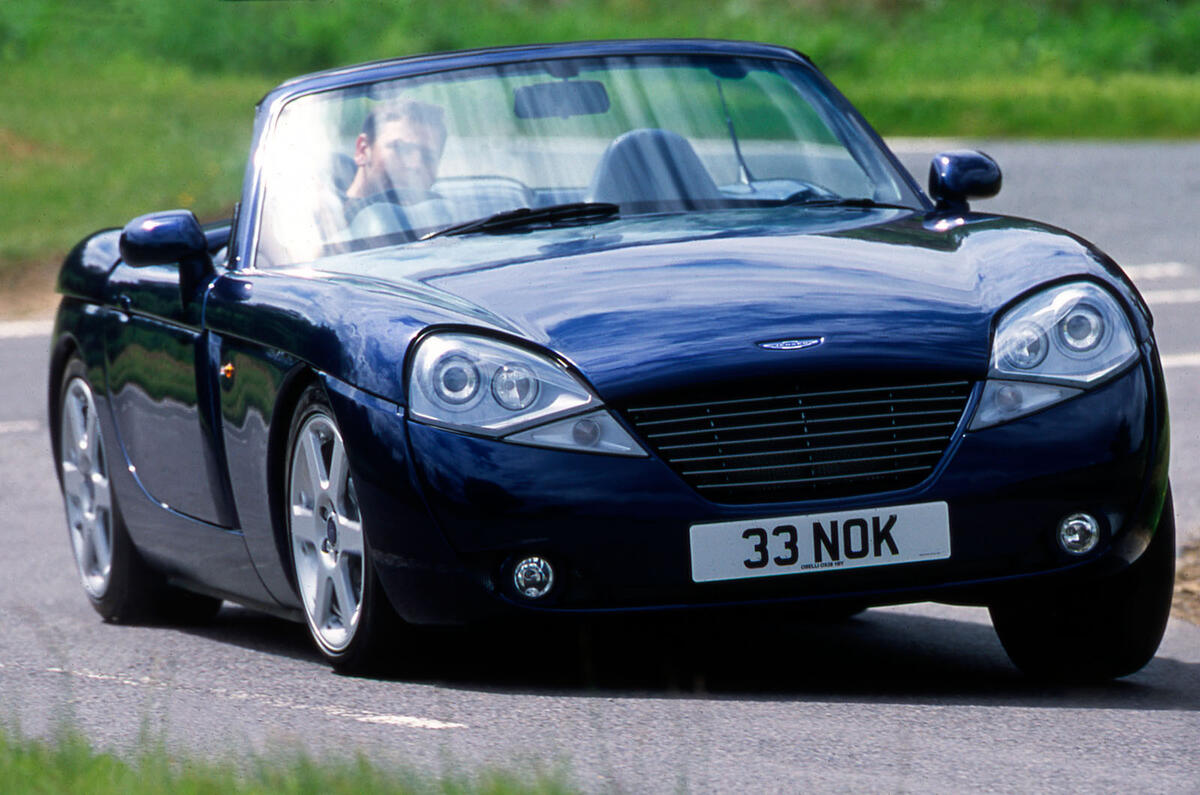
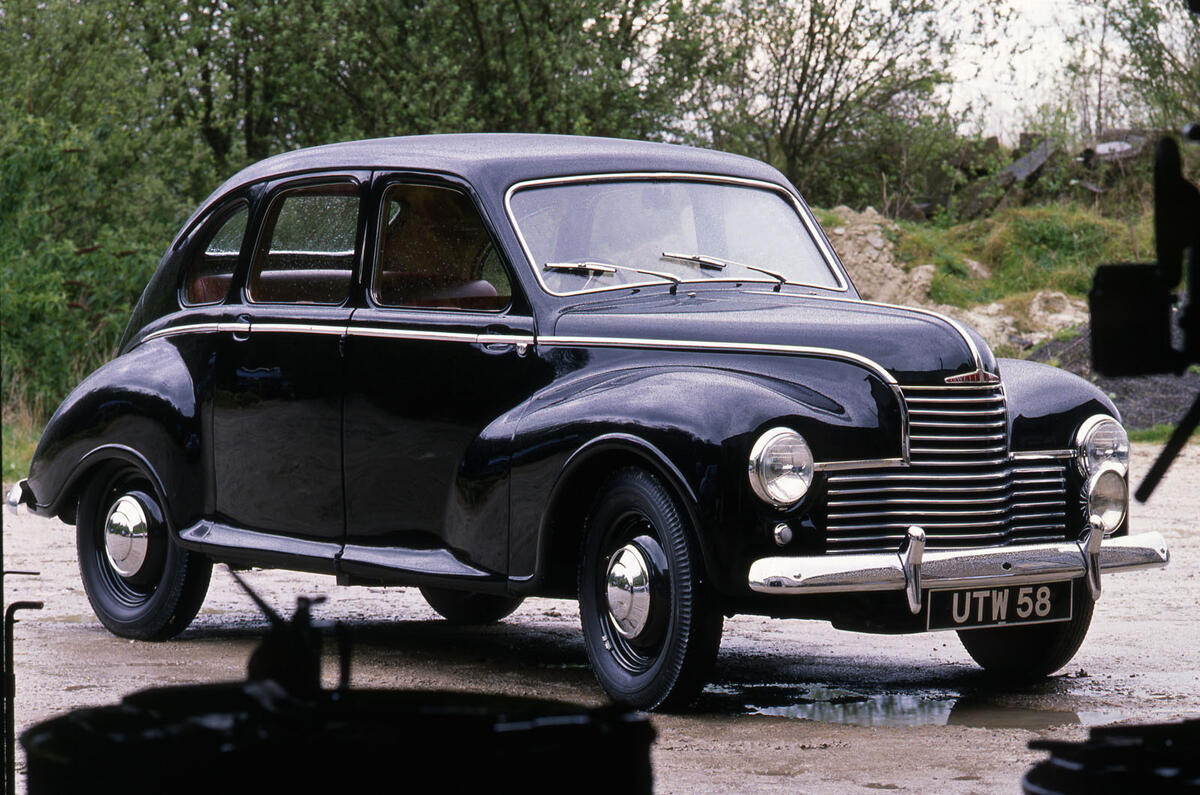











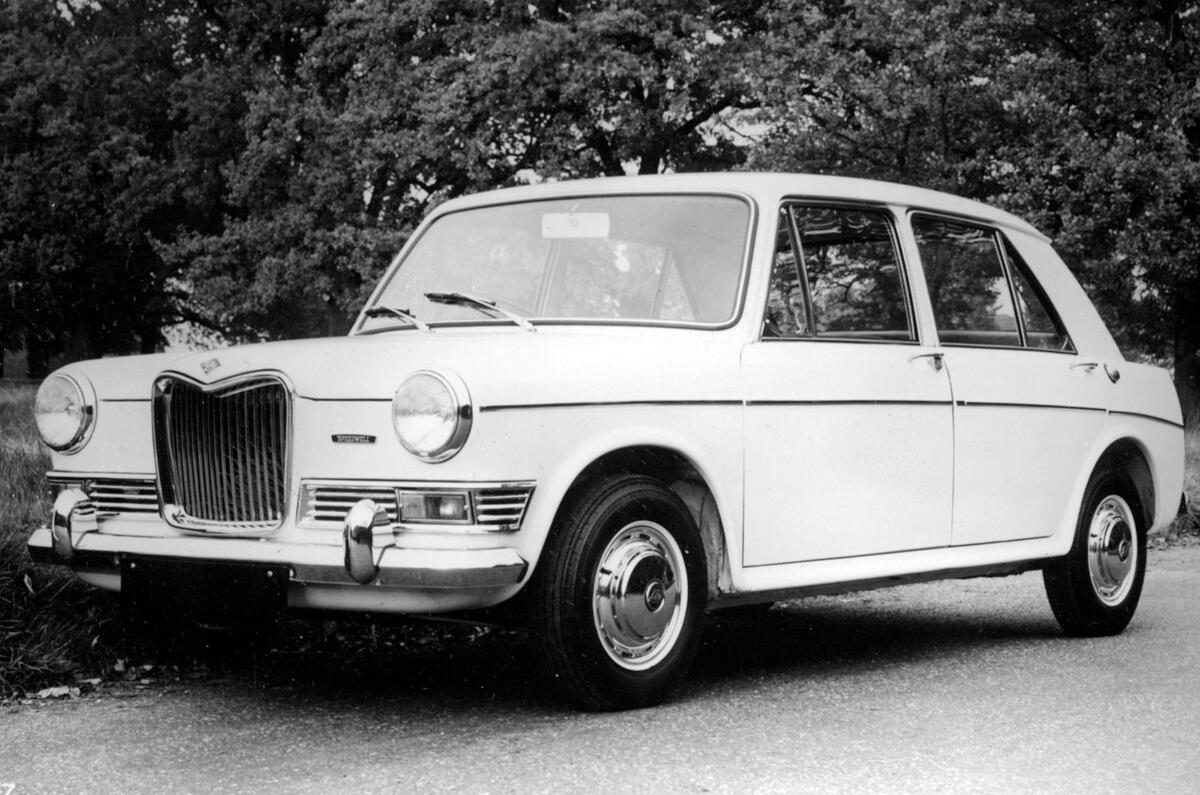








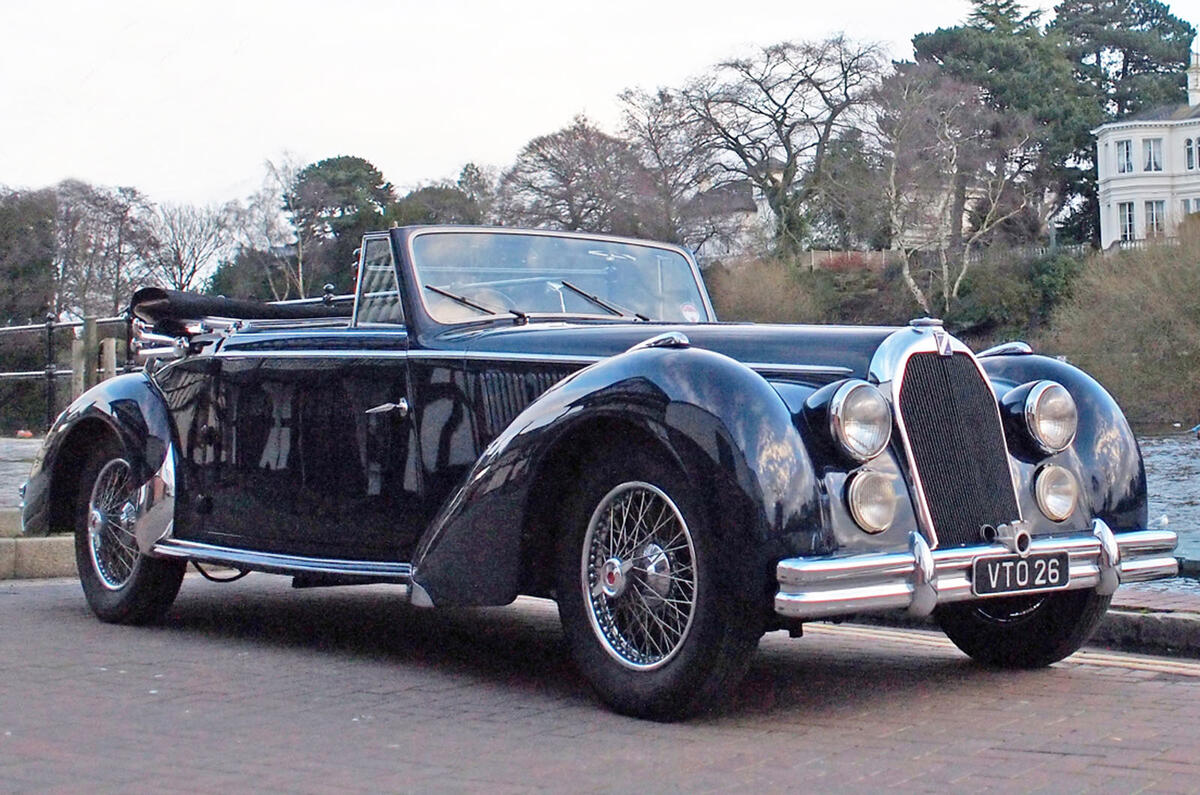
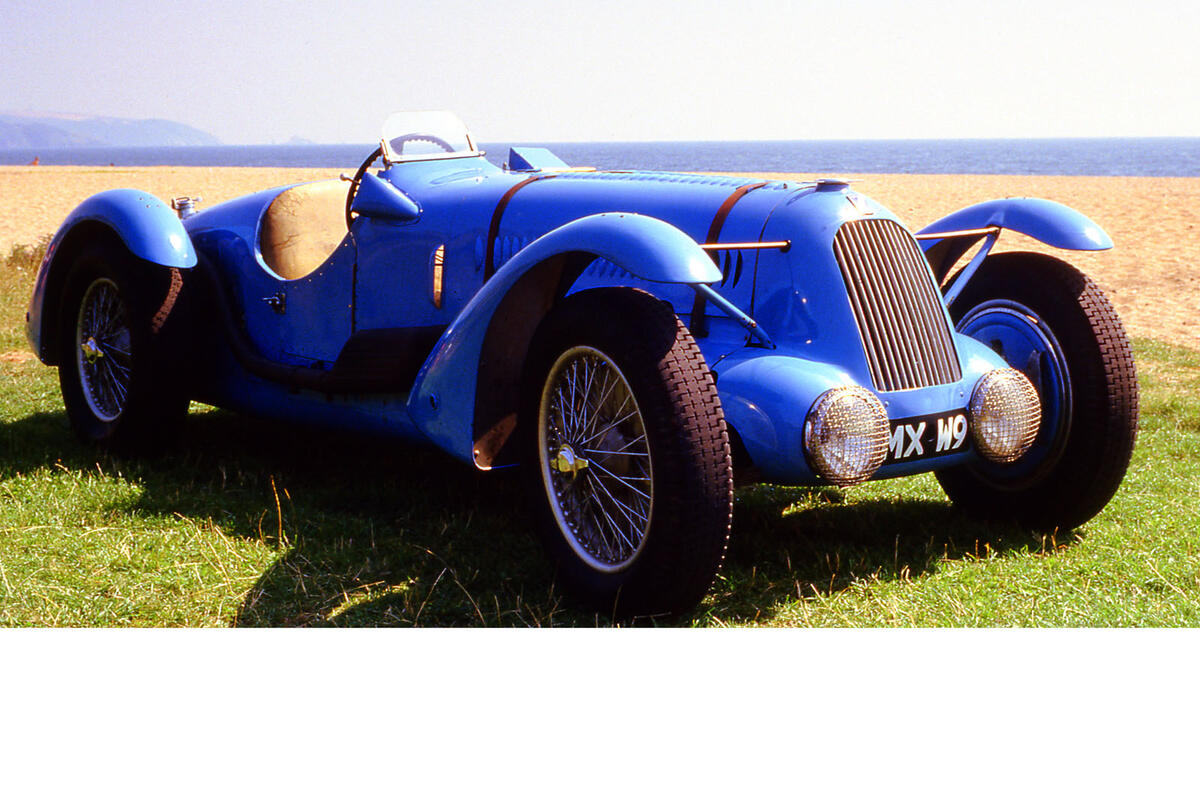
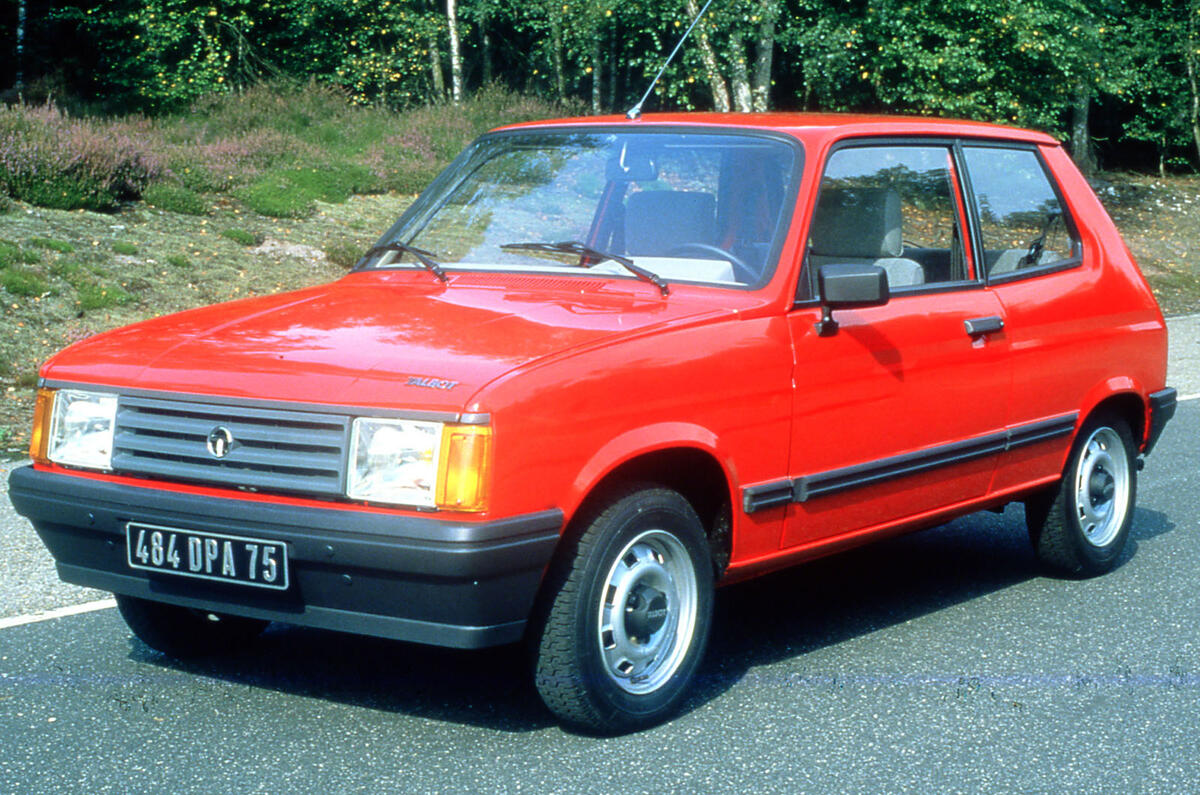











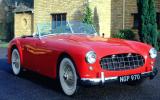











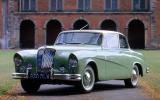
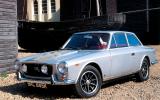











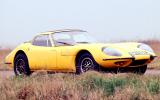


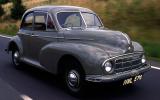









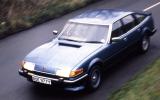



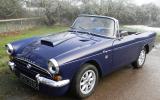

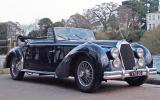















Join the debate
Add your comment
Riley's individuality "lost" in 1938
So many of the cars you've mentioned were, are, essentially fun. They remain standard bearers of individual design,
exemplary by a conventional modern paradign of look-alike "me-too" motorcars.
But I'd argue the over-used "beauty in the eye of" cliche isn't justification for condemning post 1938 Rileys as lacking in individuality.
William Morris might be held to account for some things, but surely not the beautiful, sweeping, fast post WW2 Riley RMA, RMB & RMC, and certainly not the astonishing Riley Roadster... No matter how "big its backside looked" to Continental eyes.
Also
Healey, was owned by HFI who bought from Geoffrey Healey as Healey Automobile Consultants Limited, and plans for a new car were drawn up in 2007. Then the was an argument between Nanjing over the name. Then they agreed to work together and relaunch Austin-Healey. Nanjing was taken over by SAIC and it's gone quite, HFI seems no-longer exists so who owns Healey? Incidentally The Donald Healey Motor Company, was owned by a company called Hamblin. I assume this must have been bought after Jensen's bankruptcy in 1976.
Not dead, just resting.
Latest rumour on Riley, is that it is to be relaunched as Rolls-Royces sporting baby brother. The BMW 8 series never really sold, and their have been complaints about the interiors of the current 6 series. Riley is supposed to be relaunched to fill that gap, with BMW mechanicals and Rolls-Royce interiors. Actually Riley themselves tried that with the Autovia marque, to go into Bentley territory. Trouble was they launched it in 1935 and only made 44.
Triumph was to be BMW's Skoda. Using the recently discontinued floorpans etc of 1, 3 and 5 series models, but with no electronic gadgetry. This would also lead to Spitfire, TR and Stag relaunches using the saloons mechanicals.
JLR have Daimler, Lanchester, Rover, BSA motorcars, Guy, Star, Starling and Stuart.
The previous Mr Tata, wanted Daimler to go back to it's 1920 - 50's Glory Days, when they were ultimate luxury. It was the Royal limousine until one failed in 1948 while carrying the King.
Lanchester, was responsible for the first all wheel drive vehicle and it's been mentioned as being relaunched has Land Rover/Range Rover's ultimate luxury marque.
Alvis exists. Red Triangle bought the name from BAE systems in 2009. Their going to make new build 4.3's with Vanden Plas Tourer bodies.
www alviscars co uk , put the dots in to take you to the site.